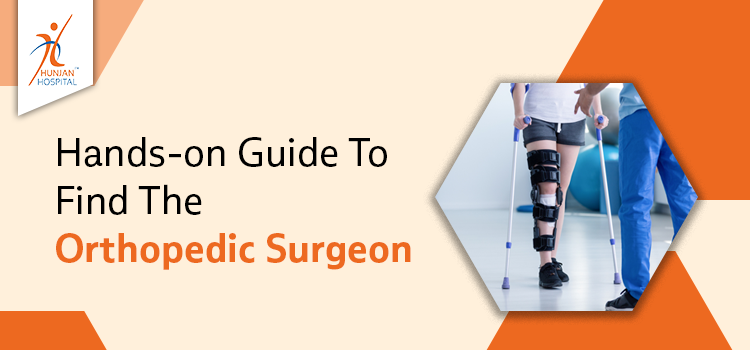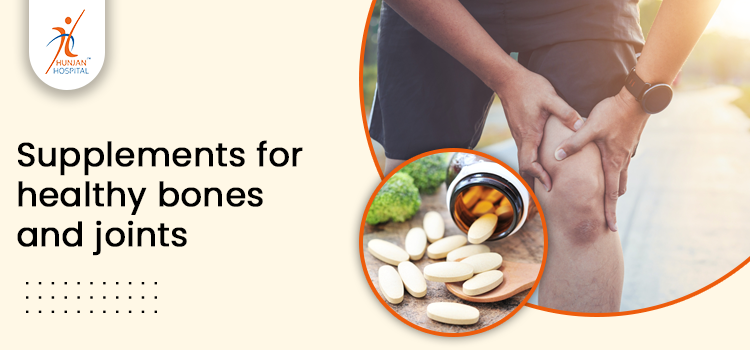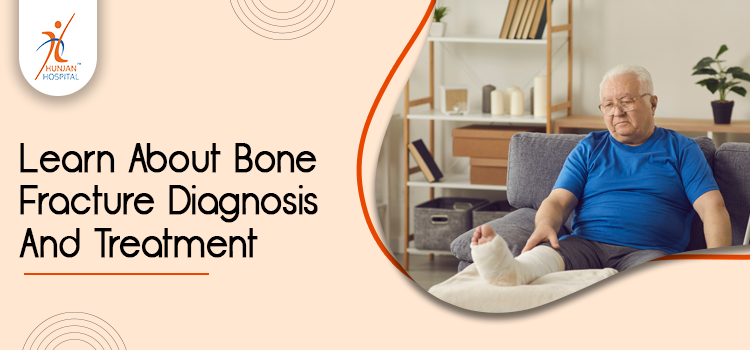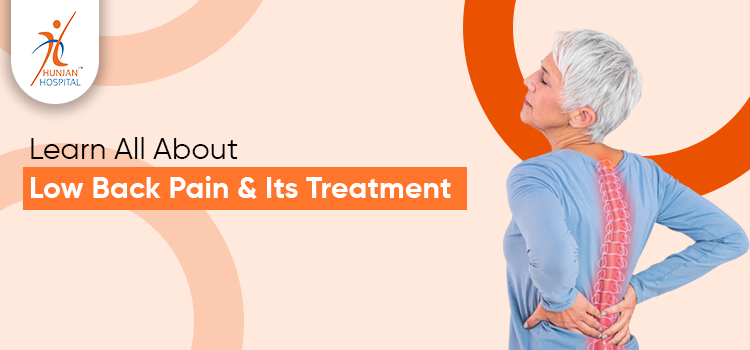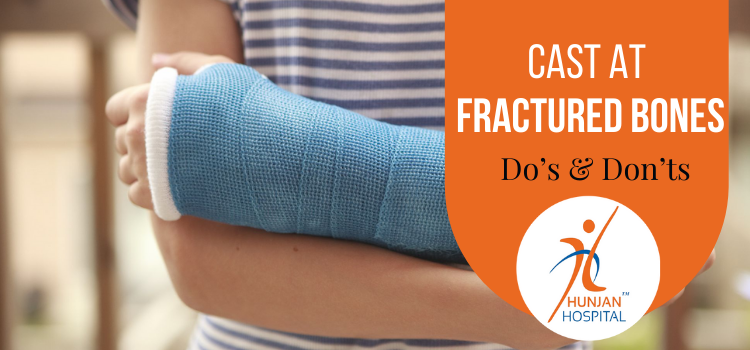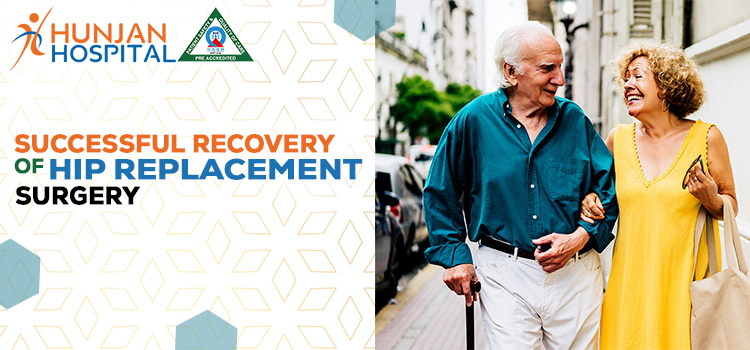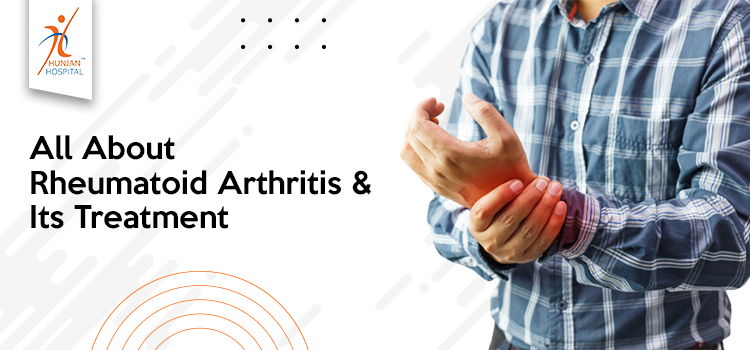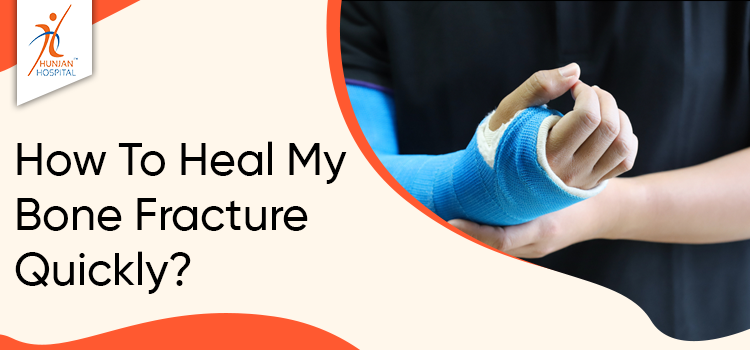
Bone fracture?
By any misfortune, chances when the bone breaks can lead to fracture. The fracture needs to heal properly, and it must be present in the correct position. Most importantly, ensuring it’s protected is essential so that the body stays in a reliable state. In that case, you must visit the best Orthopaedic Hospital in Ludhiana to manage the situation and get the necessary tips to balance your situation.
Let the bone fracture heal properly
The bone fracture needs to stay in the appropriate condition in the right position. After the fracture, the body protects the injured area and forms the blood clot as a protective cover. The fracture gets closed, and the callus begins to absorb itself. Indeed! It depends upon the fracture type and how much time healing will take. Usually, a person needs at least one year. If there’s any confusion, then you better talk to the Orthopaedic Surgeon In Punjab.
3 best therapies to heal bone fracture
Bone healing occurs naturally, and after the treatment, it’s essential that you take the necessary measures so that the body gets to its optimum state on time. There are a few effective therapies that you can consider for the fracture to heal like normal:
● Fracture management
Fracture management requires closed reduction that targets the manipulation or traction of bone alignment. Other than that, immobilization requires using a cast or splint and physical therapy for rehabilitation techniques.
● Physical therapy
Physical therapy to boost overall strength and normal functioning of the body in the problematic area.
● Ultrasound-guided injections
Ultrasound-guided injections are applied on the specific part of the fractured area, like soft tissues or joints in the body.
Ortho doctor tip!
After the bone fracture, being cautious is necessary. So, make sure that you take calcium 1200 to 1500 mg daily and Vitamin D 800 to 1000 IU daily. With this small and effective tip, the bone’s well-being is benefited.
Preventive measures for a bone fracture to heal faster
Regardless of the problem, it’s always essential to consider preventive measures. Doing so helps the body to overcome the problematic state and helps it get back to normal on time. You need to focus on having a healthy and well-balanced diet. There are a few high-calcium foods that should be an important part of your diet:
● Whole grains like quinoa, oats, rye, and brown rice
● A dairy products like milk, egg, and yogurt
● Beans like black beans, chickpeas, and tofu
● Vegetables like spinach, kale, and broccoli
● Nuts and seeds like flaxseed, chia seeds, and almonds
Additional tips for a bone fracture to heal faster
● You should keep yourself active all day alone.
● Incorporate weight-bearing exercises into your regime, like yoga, dancing, golf, hiking, weight training, or tai chi.
Related Post
क्या हर व्यक्ति को घुटने की रिप्लेसमेंट सर्जरी करानी जरूरी है ? आइए जानते है।
By: Hunjan_Hospital
May 4, 2024
घुटने में दर्द का कारण, लक्षण और घरेलु इलाज
By: Hunjan_Hospital
April 30, 2024
दोनों घुटनों की एक साथ रिप्लेसमेंट सर्जरी से पहले किन बातों का रखें ध्यान !
By: Hunjan_Hospital
April 25, 2024








